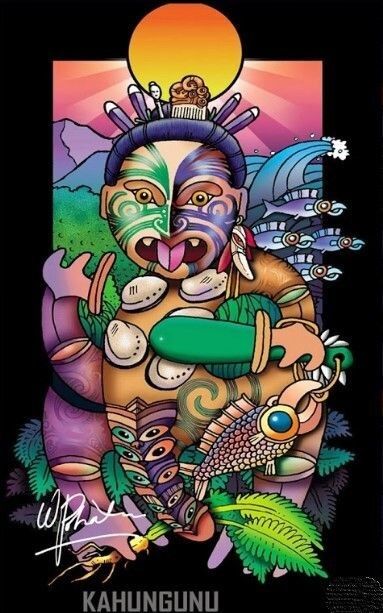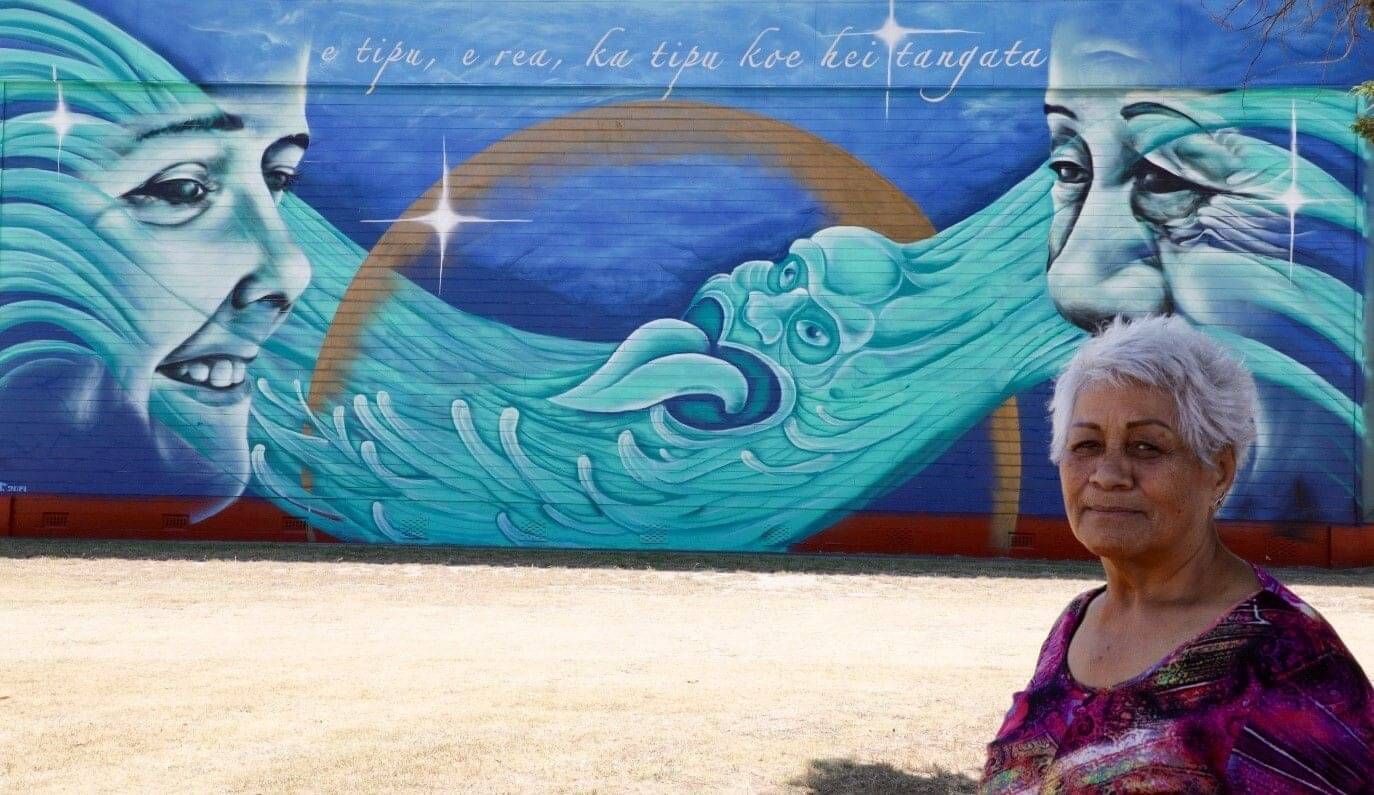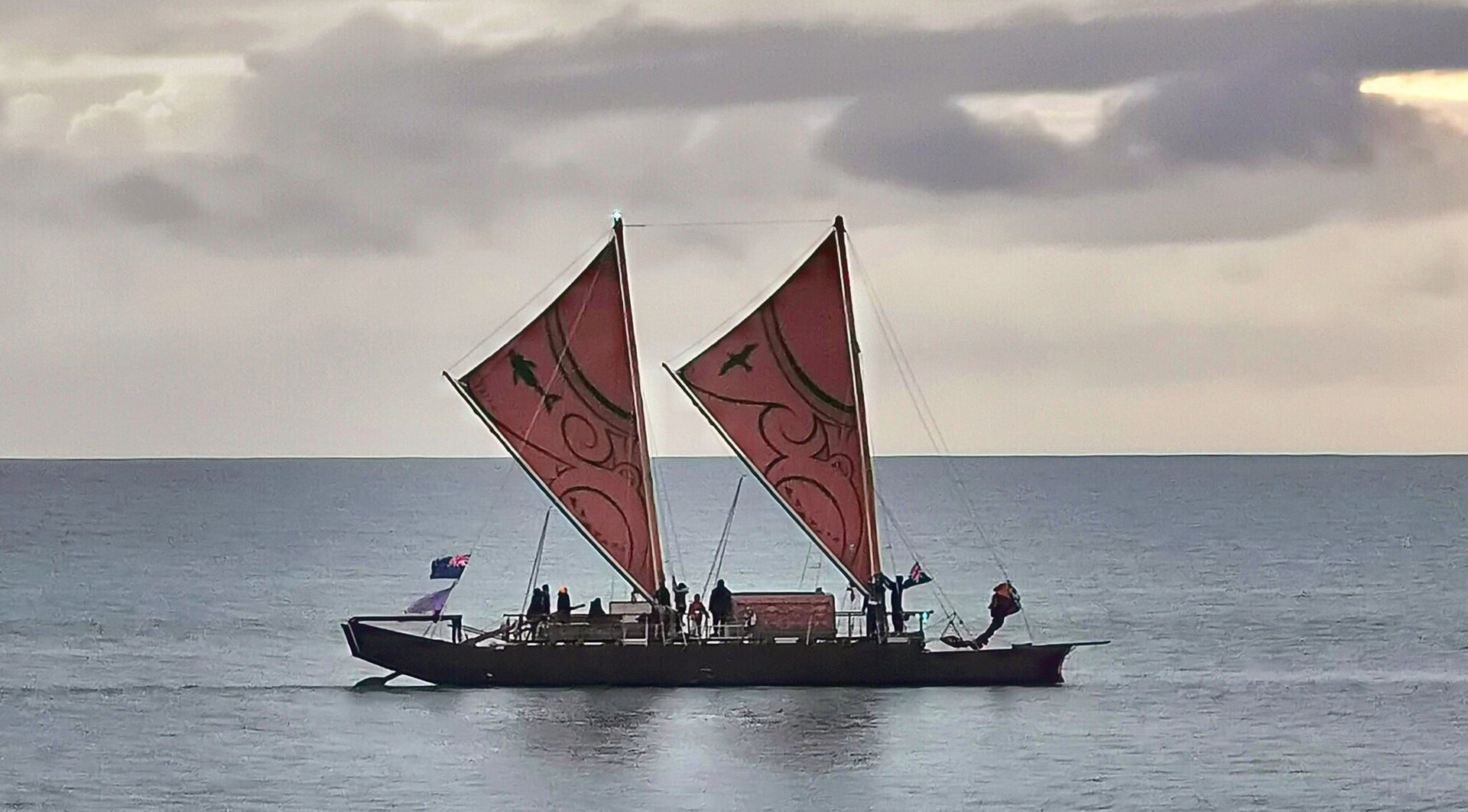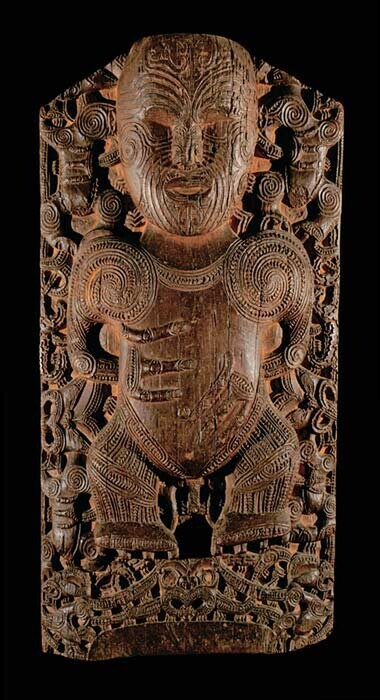

Ko Wai a Tamatea? Who was Tamatea?
Whakapapa | Genealogy
Tamatea Arikinui’s son was Rongokako, a tohunga who could take giant strides. In the contest with Pāoa to win the hand of Muriwhenua, he strode across land and sea, leaving footprints at Kahurānaki in the Heretaunga area, Kirihaehae at Māhia, and Te Tapuwae o Rongokako near Whāngārā.
Rongokako and Muriwhenua had a son, Tamatea Ure Haea (Tamatea the circumcised). He was also known as Tamatea-pōkai-whenua-pōkai-moana (Tamatea who travelled over land, over sea) because he circumnavigated New Zealand. Tamatea High School is named after him. Tamatea-pokai-whenua was the father of Kahungunu who is the ancestor of all who belong to the Ngāti Kahungunu iwi.
Te Waka Tākitimu | The Takitimu Sailing Vessel
Tākitimu is one of the most sacred waka to travel to Aotearoa. Commissioned by the chief Tamatea-Arikinui. Leading tohunga Ruawharo, Tūpai and Rongoputahi built the vessel. The process began with potent karakia to invoke the support of the Gods. Construction workers underwent rigorous ritual ceremonies before starting any work. Several sacred adzes were used to shape the hull including Te Awhiorangi, Te Whironui, Rakuraku-o-Tawhaki, Matangirei and Huiterangiora. The waka was shaped at a hill called Titirangi then dragged to Tamatea’s village at Whangarā. It was cordoned off and the tohunga set about completing the vessel. They added the front pieces, sides, sleeping quarters, masts and the figurehead. A special box was built near Ruawharo’s bow seat. It would hold very tapu cargo.
Ruawharo collected the mauri of many Gods including Rangi, Papa, Tāne, Tū, Rongo and Haumia in order to transport them to new lands. He is also credited with bringing the mauri of the whales to Aotearoa. Six sacred steering paddles were carved. They were called Rapangaiteatinuku, Rapangaiterangi, Maninitua, Maniniaro, Tangi-wiwini, Tangi-wawana.
Te Hekenga Mai | The Migration
After sea trials at Pikopikoiwhiti the waka was deemed ready. Under the full moon Ruawharo began his karakia to protect their expedition. At first light Tākitimu began it’s epic voyage and glided toward the horizon. The journey was largely uneventful and thus Tākitimu arrived intact and fully laden. They landed first at Awanui near Ahipara where some of the crew settled. Tākitimu then sailed up around to Tauranga-Moana where Tamatea Arikinui stayed.
They continued to follow the eastern coastline and eventually landed at Nukutaurua. Ruawharo disembarked there, taking with him the many special mauri. These he placed in special places committing them back to the land with powerful karakia.
In this way he was able to complete his purpose on the journey and bring the mission to a close, an important part of tikanga Māori.
Many tribes have links to Tākitimu from the far north all the way down the eastern seaboard and it’s influence extends as far as Rakiura (Stewart Island).

Te Wairua o Tamatea Pōkai Whenua
The mural above was painted by Joseph Rowntree who is a mural painter with a number of works on display in the Hawke’s Bay.
The mural is about our school motto “Growing good people for a changing world”.
Whaea Alamein Burns is the kuia on the right-hand side of the mural. Alamein is from Ngāti Porou but she has lived in Tamatea for decades. Her children and grandchildren have attended Tamatea High School and she is employed as part of the school pastoral team. She works in the restorative room, issues late notes and loan uniforms. She is our school kuia. Her face in the mural honours the connection she has to our community and school. She also symbolises the importance of wisdom, patience and love for our young people.
On the left side of the mural is a young boy who is actually the artist’s son. Devon Rowntree has Ngāti Kahungunu and Ngāti Pākeha whakapapa. He represents the young people in our community who we are serving in our endeavours to help them grow into good people for our society.
Flowing between Alamein and Devon is the spirit of Tamatea Pōkai Whenua who our school is named after. He was famous for his travels and exploration throughout Aotearoa. He was a well-known provider for his people and also the father of Kahungunu who all of the Ngāti Kahungunu tribe are descendants of. We want his qualities to inform the relationship between the pakeke and rangatahi of our community.
There are four stars painted in the mural and they are reminiscent of Te Whare Tapawhā which reminds us that wellbeing is based on spiritual health, familial health, mental and physical health. This recognises that the gymnasium plays an important role in our school in developing the wellbeing of our students.
The golden arch symbolises the sun rising in the east here the East Coast, Te Tairawhiti. It reminds us how lucky we are to live in the warmth of Hawke’s Bay – where all things grow bountifully.
Finally, written at the top of the mural is a whakatauki taken from a traditional Kahungunu waiata. E tipu, e rea, ka tipu koe hei tangata means grow, spring forth, grow as a person. This embodies the sentiment of our school motto.
In September 2019, the mural was blessed by Anglican Minister, Marie MacDonald who is from Ngāti Kahungunu ki Wairarapa and has lived in Tamatea for many years. The mural was dedicated to the young people of our community.
Te Whanganui-ā-Orotū
History of the Inner Harbour
Patrick Parsons is a well-known local historian who has written this article about Te Whanganui-ā-Orotū. Click on the link to access his article.


